Columbine flowers – Aquilegia
 |
| A selection of Columbine flowers from my garden |
Once upon a time …
They are known to be one of the first wild flowers to be brought into gardens as cultivated plants. Even Pisanello used Aquilegia vulgaris in his 14th century painting of a Princess.
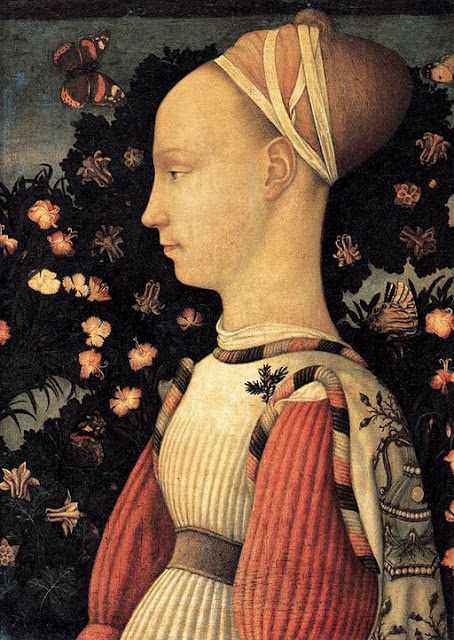 |
| Portrait of a Princess of the House of Este Musée du Louvre, Paris with columbine flowers in the background wiki commons public domain |
Watch the doves appear…
They were given the common name Columbine. That comes from the latin word ‘Columba’ which means dove as many of the flowers resembled a group of doves drinking together. Their other common name is Grannies Bonnets.
 |
| a columbine bud |
 |
| dove shaped spurs starting to form |
 |
| The spurs are now more visible before it opens fully – featured on google plus |
Classic Cottage Garden Plants
The aquilegia’s are classic cottage garden plants. Furthermore they are plants that have stood the test of time.
They could be found in the front gardens of the farm labourers and tenants of the Victorian gentry estates. These workers didn’t have much time ‘garden’ and plants had to be able to look after themselves and primarily were grown to provide nectar for their bee hives.
 |
| You can see the columbine dove shapes in all of these flowers |
The plants had to thrive on neglect as precious fertilizer was used on the vegetable plot in the back garden rather than on the flowers in the front garden.
 |
| Aquilegia vulgaris / columbine flowers |
Cottage garden plants like aquilegia’s were ‘pass along’ plants and seeds that were shared between family, friends and neighbours. New plant strains were a luxury purchase only for those who lived in the ‘big Victorian country house up the road’ rather than their poor tenants.
Caveat …
I have to warn you that they do have some traits that could become problematic if you don’t deadhead the seed heads in time.
They are very promiscuous and will cross pollinate with all types of aquilegia’s and liberally share their offspring. I leave some of mine to self seed. Though some years I regret not cutting all the seed heads off as the seedlings can become like weeds.
Those seedlings are unpredictable and rarely come true from seed and the resulting off-spring will usually have different flower colours to the parent plants. It’s nice to get a few surprises! but just a few… not a whole flowerbed of them with the potential to smother everything else in the border.
They don’t particularly like root disturbance. So let them grow where they self sow as long as they are not over crowded.
Stable Forms
Most of the plants I grow are varieties of Aquilegia vulgaris. They have more nectar rich flowers than many of the newer varieties but their flower colours are not stable and will change with each new generation of seedlings. There are a few strains that are stable and will produce the same offspring as the parent. One of those strains is called Aquilegia vulgaris var. stellata ‘Nora Barlow’. It has spurless (doveless) clusters of green, pink and white petals.
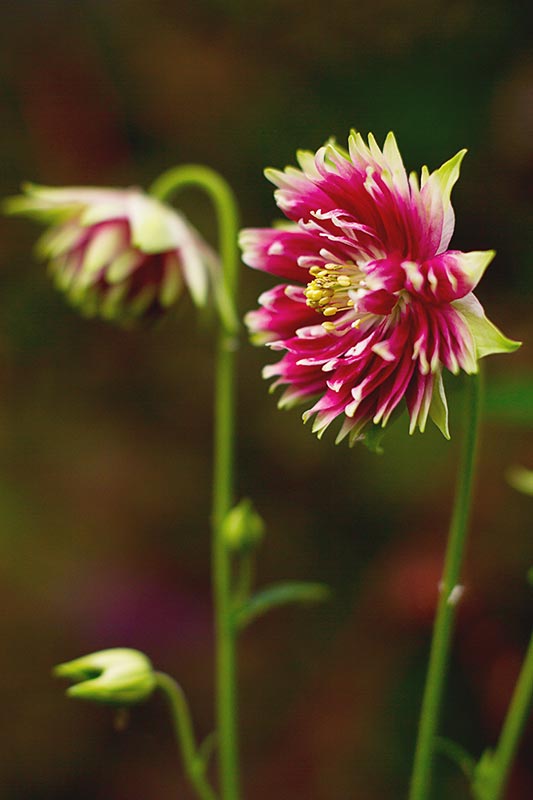 |
| Aquilegia vulgaris var. stellata ‘Nora Barlow’ |
I’d almost forgotten that I had some of the Nora Barlow plants as this is the first year for them to flower. The greenfly find their stems very favourable too… but then that’s plenty of natural bird food for the many fledglings in the garden!
New to My Garden
 |
| Aquilegia flabellata var. pumila f. kurilensis ‘Rosea’ |
The newest additions to the garden in the past year have been some dwarf ones which were ‘pass along’ seedlings from a neighbour. As I’ve only had two flowers this year I’m not so sure if this new variety contains as much nectar as the vulgaris plant.
How to Sow From Seed
- Once the seed heads go brown and dry they will start to split open.
- That’s the best time to collect the seed.
- Don’t store the seeds but sow them immediately as they will germinate better in late summer.
- The viability of the aquilegia seeds deteriorates quickly compared to other seeds. So late summer sowing is much better for greater germination rates.
- Sprinkle the seeds over the ground here you want them to flower. Just mark the spot!
If you’ve never tried to grow these from seed then seek out a gardening friend and ask if you can have some of theirs … I’m sure they’ll have plenty!
 |
| Columbine seed head forming on Aquilegia vulgaris |
- Transplant into their final flowering position as soon as possible. They have a tap root that develops very quickly and the plants detest root disturbance. Consequently that’s why self sown seedlings thrive so well.
For me I couldn’t do without these plants in the garden …nor could the bees.



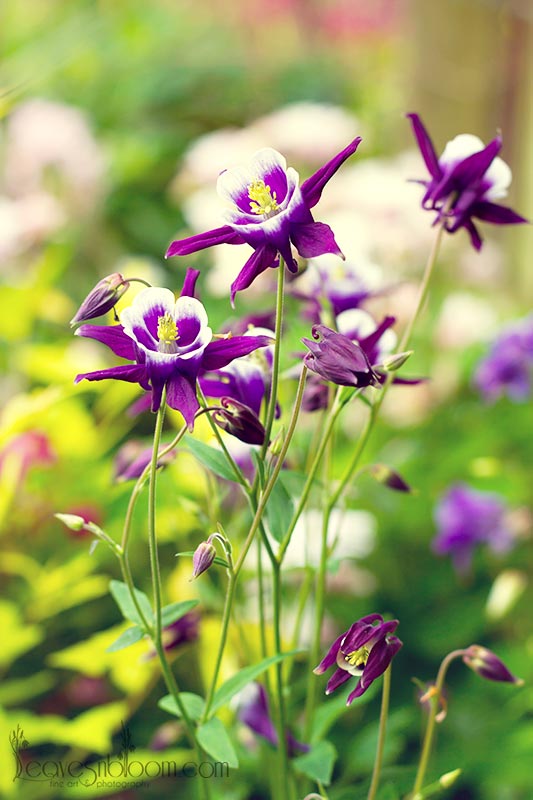
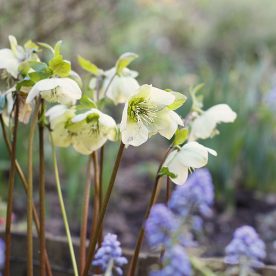
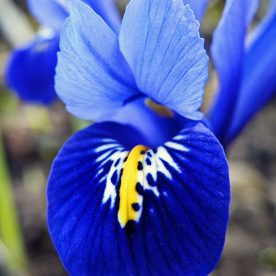
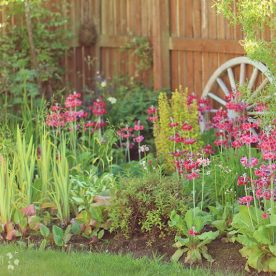
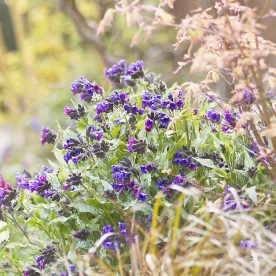
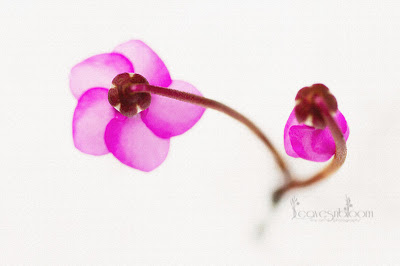
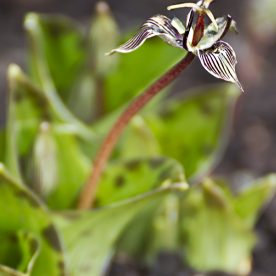
Peter
Hi Rosie – I enjoyed your images of the flowers against the white background. How do you get that luminescent effect? Thanks
Mark and Gaz
A very informative post Rosie. We grow them, integrating with the exotics and they are a welcome show of colour in the spring.
scottweberpdx
I will always love Columbines…so very charming…and I love that they pop up in the most unexpected places! I really need to add some of the purple ones this year!
Carolyn ♥
I do love columbines but here they don't last long and are definitely Spring blooming blossoms. You capture their glory beautifully, Rosie. "And the Columbine are bending their heads in the rain…" a verse from a favorite childhood melody.
Rosie Nixon
HiPeter
I arranged the flowers on white card indoors with lighting and shot using the tripod around f22.
Rosie Nixon
HiMark and Gaz
Guys you've surprised me 🙂 never would I have thought of growing these in amongst tropicals but the leaves would make for a great contrast against the palms etc 🙂 never mind the colours.
Rosie Nixon
Hiscottweberpdx
Sometimes I end up with a load of purple seedlings and have to uproot them.
Rosie Nixon
HiCarolyn ♥
aww I've never heard of that little melody Carolyn – I'm sure many a poet has written about this flowers as they are just so pretty.
Curbstone Valley Farm
Sometimes I'm convinced that I'm the only one that can't grow Columbine! Well, I should qualify that, in that I've struggled to grow our native Columbine here. I wonder now if perhaps my seed was too old. Maybe I'll look for fresh seed this autumn, and try again. I do love the flowers, and our native form is a reddish-orange!
Marianne Skov Jensen
Beautiful images, as always! We have two just 3 species of Columbine native to Arizona. Much farther north in the forests, though, so I only see them when I go up in the summer.
yasminsimpsonphotography
Sweet Rosie, so glad that you don't have a little puppy like mine in your garden, lol
Always, when I find a new gorgeous flower around my back yard and I start shooting it.
Toby makes all the impossible efforts and eat them and if I am not around he even notice that they are around :(.
GORGEOUSSSS flowers, shots and writing.
So proud of you and honoured to be your friend… ♥
Janet/Plantaliscious
Beautiful photos Rosie, and I enjoyed the potted history too. Lovely painting. One of my favourite plants, and for much the same reasons as you cited! Though I did once get a truly horrific seedling that had pale pink frilly flowers and chartreuse leaves. There was just one – self-sown – aquilegia in this garden when I arrived, something I am gradually rectifying. I am particularly fond of Aquilegia alpina, which grows really easily from seed and has wonderful deep blue flowers. Yum.
Anna
No need to convince me 🙂 I think that aquilegias were amongst the first flowers that I grew in the garden Rosie. All bar one I have grown from seed and have never needed to replace them because of their self seeding habits. I pull out any wishy washy arrivals but on the whole have been delighted with the new arrivals each year and sometimes amazed by what turns up. Did you know that Nora Barlow was Charles Darwin's granddaughter? A most informative post and well illustrated as usual.
Melanie J Watts
Aquilegia was the first plant I grew in my zone2 garden. I knew nothing about gardening back then, it was the only plant I recognized, from reading, for sale at the garden centre. I still have a division from that first plant growing in my now third garden.
Jayne
I love aquilegias. They're supposed to be able to handle our heat and humidity, but I haven't had much luck with them.